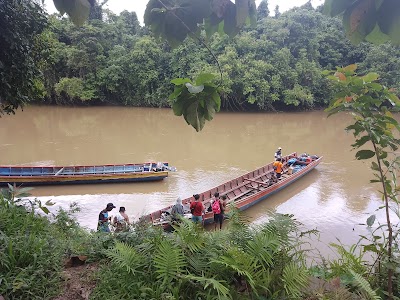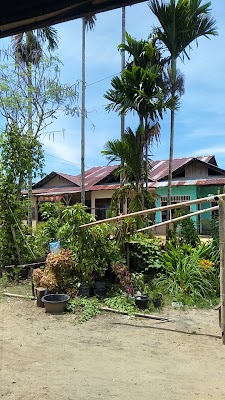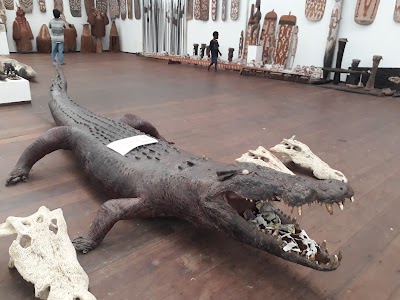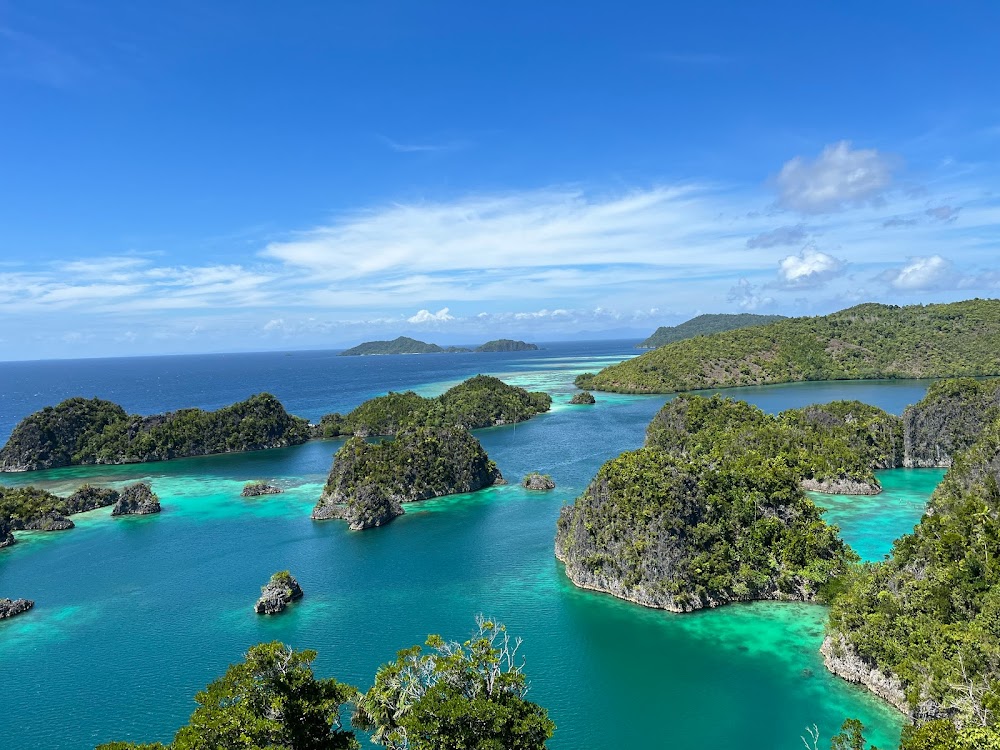Sorong (Sorong)
Overview
Sorong, located in the West Papua province of Indonesia, serves as a gateway to one of the planet's most breathtaking natural wonders: Raja Ampat. With its vibrant history, cultural significance, and a wealth of intriguing facts, Sorong offers much more than just a transit point—it is a captivating destination waiting to be explored.
Historical Significance
Historically, Sorong has been a pivotal hub for trade and cultural exchange in the archipelago. The name 'Sorong' comes from the local Biak language, meaning "deep and turbulent seas," reflecting the region's rich nautical heritage. During the Dutch colonization era, Sorong developed into an important port, attracting a diverse mix of cultures, including Chinese, Dutch, and various Indonesian ethnic groups. This cultural tapestry continues to thrive today, enriching the local experience for visitors.
Modern-Day Sorong
In contemporary times, Sorong has transformed into a bustling city, functioning as the economic and administrative center of the Bird's Head Peninsula. Its port ranks among the busiest in the region, acting as the primary embarkation point for tourists heading to the enchanting Raja Ampat Islands. The city's growth can be attributed to its strategic location and the development of infrastructure designed to support tourism and economic activities.
Your Gateway to Raja Ampat
One of the most fascinating aspects of Sorong is its role as the launching pad for expeditions to Raja Ampat, a marine paradise celebrated for having the richest marine biodiversity on Earth. Tourists often find themselves in Sorong before boarding boats that whisk them away to the pristine islands scattered across crystal-clear waters. The adventure typically begins with a visit to Sorong's local markets, where the vibrant culture of Papua Barat comes to life. Handicrafts, traditional clothing, and local delicacies create a sensory feast that immerses visitors in the region's diverse heritage.
Local Attractions
Sorong itself boasts several attractions worth exploring. The Sorong Regency Park is a popular spot where locals gather for leisure activities, while Tanjung Kasuari Beach offers a serene retreat, perfect for unwinding, swimming, and soaking in picturesque sunsets. Nature enthusiasts can indulge their interests in the local flora and fauna at Sorong's bird-watching areas, home to numerous bird species endemic to Papua.
Culinary Delights
A visit to Sorong also presents an excellent opportunity to savor the local cuisine, which blends flavors from the sea with traditional Papuan ingredients. Seafood lovers will find culinary heaven, with dishes like papeda—a sago-based dish—served alongside fresh fish. The local markets and eateries are perfect for experiencing authentic flavors while mingling with the friendly and welcoming locals.
Climate and Conservation
An interesting fact about Sorong is its relatively stable climate, making it a favorable destination year-round. Unlike many other tropical regions, Sorong avoids extreme weather patterns, providing consistent conditions that enhance the travel experience. The region’s lush rainforests and diverse flora add to its coastal beauty, creating a picturesque backdrop for visitors.
With a growing emphasis on eco-tourism, Sorong is witnessing efforts to preserve its natural wealth. Conservation programs aimed at protecting its rich marine and terrestrial ecosystems are critical, especially given the increasing traveler footfall. Sustainable tourism practices are being encouraged to minimize the ecological footprint while maximizing economic benefits for local communities.
In conclusion, Sorong, often regarded merely as a transit hub, deserves recognition as a vibrant cultural and historical destination. Its blend of history, modern growth, natural beauty, and cultural vibrancy offers a captivating experience for every visitor. Whether you are embarking on an exciting adventure to Raja Ampat or exploring the unique wonders that Sorong has to offer, this enchanting city is sure to leave an indelible mark on your travel memories.







